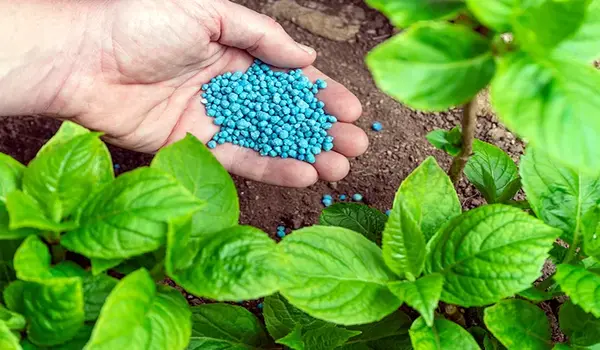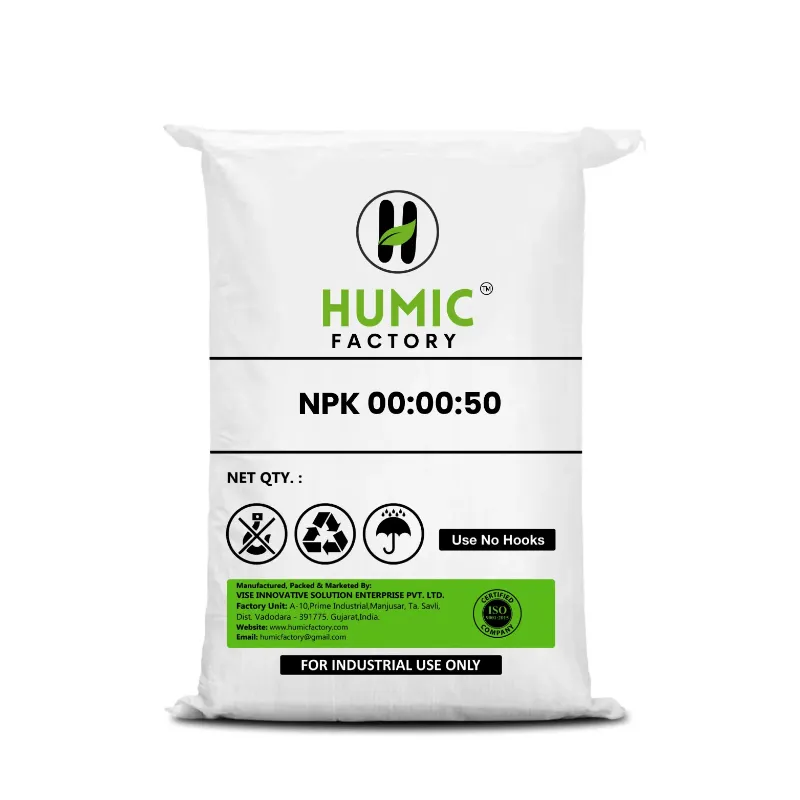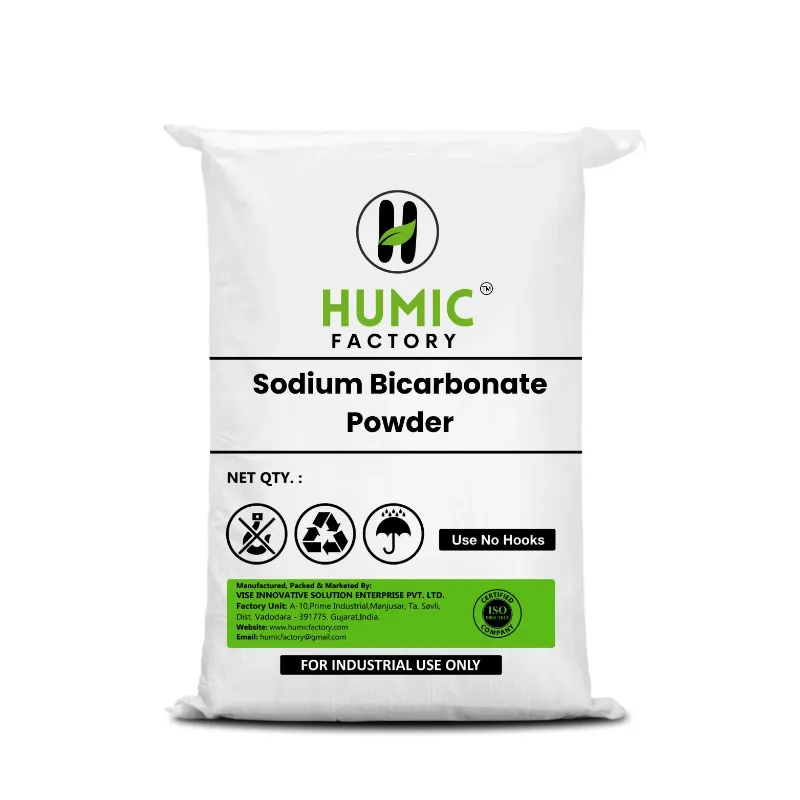Flowering and fruiting plants have unique nutritional needs that must be met for optimal bloom development and fruit production. The right balance of nutrients can make all the difference between a mediocre harvest and a bountiful one. A key aspect of this balance is determining the ideal NPK ratio for your plants. But what exactly is an NPK ratio, and why is it so crucial for flowering and fruiting? In this blog, we’ll dive into what makes the NPK ratio so important, how it influences plant health, and what the best ratio is to ensure your plants produce vibrant flowers and high-quality fruits. The NPK ratio refers to the three primary nutrients found in fertilizers: Nitrogen (N), Phosphorus (P), and Potassium (K). These numbers represent the percentage of each nutrient in the fertilizer. For example, an NPK ratio of 10-30-10 contains 10% nitrogen, 30% phosphorus, and 10% potassium. Each of these nutrients plays a distinct role in the development of your plants: For flowering and fruiting plants, phosphorus and potassium are particularly important, as they contribute directly to bloom development and fruit quality. As plants transition from the vegetative phase to the reproductive phase (flowering and fruiting), their nutritional needs change. During flowering and fruiting, phosphorus and potassium become more critical, while the plant’s need for nitrogen decreases slightly. Using the right NPK ratio ensures your plants get the nutrients they need at the right time, helping them produce abundant flowers and healthy fruits. Applying the wrong NPK ratio—such as one with too much nitrogen—can lead to lush green leaves but poor flowering and fruiting. That’s why it’s essential to adjust your fertilizer to match the needs of your plants as they transition to these important stages. For flowering and fruiting plants, the ideal NPK ratio usually emphasizes higher levels of phosphorus and potassium, which directly support flower and fruit production. A commonly recommended NPK ratio for this stage is 10-30-20, meaning: Another popular option is NPK 5-15-30, which increases the potassium content to provide even greater support for fruiting. Here’s why this balance is crucial: When applying an NPK ratio fertilizer for flowering and fruiting plants, timing and method are key. Here are some tips to make the most out of your fertilizer application: Using Humic Factory products alongside your NPK ratio fertilizer can be a game-changer. Humic acid works as a soil conditioner, improving soil structure, water retention, and nutrient availability. When you combine humic acid with a well-balanced NPK ratio, your plants are better equipped to absorb the nutrients they need to produce vibrant flowers and abundant fruits. For example, pairing humic acid with an NPK 10-30-20 fertilizer helps ensure that phosphorus and potassium are more readily available to the plants, leading to better blooms and higher-quality fruits. Humic Factory’s products are designed to complement your fertilization efforts, making your garden or farm more productive. While choosing the right NPK ratio is essential, there are some common mistakes to avoid when fertilizing flowering and fruiting plants: The ideal NPK ratio for flowering and fruiting plants focuses on providing high levels of phosphorus and potassium while keeping nitrogen at moderate levels. Ratios like NPK 10-30-20 or NPK 5-15-30 offer the perfect balance of nutrients to support healthy blooms and high-quality fruits. By using a well-balanced NPK ratio and incorporating humic acid products like those from Humic Factory, you’ll not only improve nutrient uptake but also ensure your plants thrive throughout the flowering and fruiting stages. With the right fertilization strategy, you can transform your garden or farm into a lush, productive space full of vibrant flowers and healthy fruits.Understanding the NPK Ratio
Why the NPK Ratio Matters for Flowering and Fruiting Plants
What is the Ideal NPK Ratio for Flowering and Fruiting Plants?
How to Apply the Ideal NPK Ratio
The Role of Humic Factory Products in Flowering and Fruiting
Common Mistakes to Avoid
Conclusion


Submit your contact number to receive exclusive updates
Something went Wrong Please try again!!!
Bulk Purchase
Get Bulk Discount
Get Discount Code now
फोन नंबर सबमिट करे और ऑफर पाए
We believe farming is hard. This is our attempt to support farmers. Submit your contact details to receive a discount and other offers from Humic Factory.

Recommended Products
COPYRIGHT © 2024. All Rights Reserved By Humic Factory


